Description of a Wheelchair
1. Design and Components:
- Frame: The main structure of a wheelchair, usually made of lightweight yet durable materials such as aluminum or steel, providing stability and support.
- Seat: Typically padded for comfort, the seat may be made from breathable fabric or vinyl. Some designs have adjustable seat height or depth.
- Backrest: Offers support to the user’s back, which may be adjustable for comfort and posture. Some models come with additional lumbar support.
- Armrests: Provide additional support and comfort for users, often padded, and can sometimes be removable or adjustable to facilitate transfers.
2. Mobility Features:
- Wheels:
- Front Wheels: Smaller and often swivel for maneuverability, allowing the wheelchair to navigate tight spaces.
- Rear Wheels: Larger and typically equipped with hand rims for self-propulsion (in manual wheelchairs) or powered motors (in electric wheelchairs).
- Brakes: Essential for safety, brakes are used to secure the wheelchair in place when stationary. Some models feature automatic brakes.
3. Types of Wheelchairs:
- Manual Wheelchairs: Propelled by the user or a caregiver using the rear wheels. They can be foldable for easy transport and storage.
- Electric (Powered) Wheelchairs: Equipped with a battery and motor, allowing users to move effortlessly using a joystick or other control mechanism.
- Transport Wheelchairs: Lightweight and designed for easy transport by caregivers, often lacking in larger rear wheels for independent propulsion.
- Reclining or Tilt-in-Space Wheelchairs: Allow users to change positions for comfort and pressure relief, helpful for those with limited mobility.
4. Comfort and Support:
- Cushions: Often included or available as accessories to prevent pressure sores and increase comfort. Options may include gel, foam, or air-filled cushions.
- Footrests: Adjustable or swing-away footrests that provide support for the legs and feet.
5. Safety and Durability:
- Durable Materials: Designed to withstand everyday use, wheelchairs are built from sturdy materials to provide long-lasting support for users.
- Safety Features: May include reflectors, safety belts, or additional support harnesses to ensure user safety during use.
6. Applications:
- Hospital and Clinical Use: Used for patients with limited mobility during recovery or treatment, facilitating movement within healthcare facilities.
- Home Use: Provides independence for individuals who need assistance with mobility, allowing for easier navigation within the home environment.
- Outdoor and Community Use: Many wheelchairs are designed for both indoor and outdoor use, with features suited to navigate various terrains.

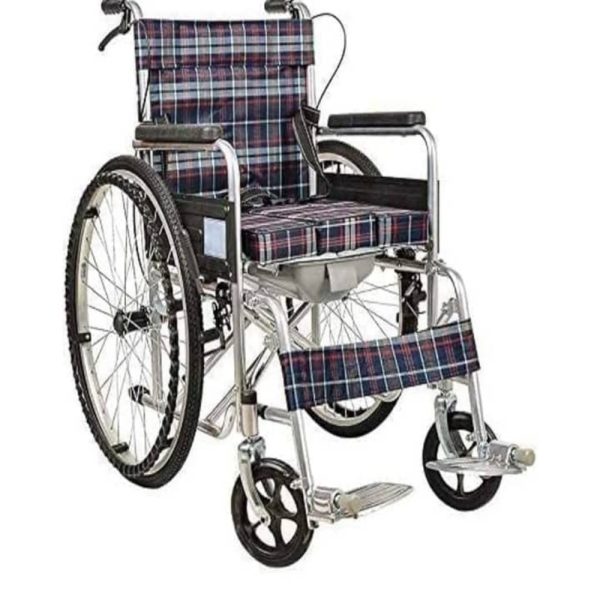


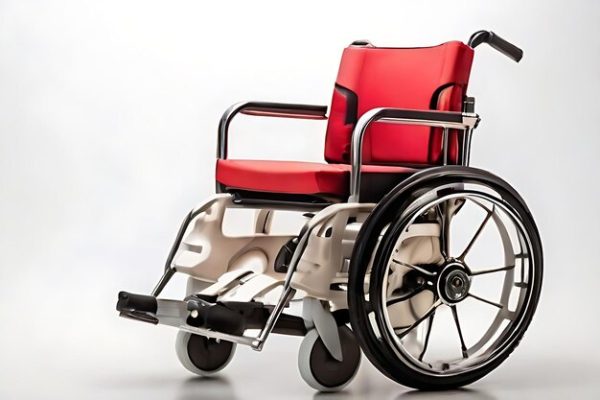


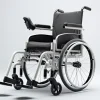

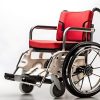


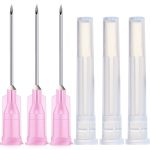
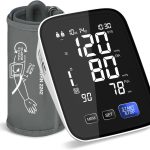

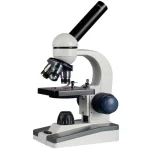
Reviews
There are no reviews yet.